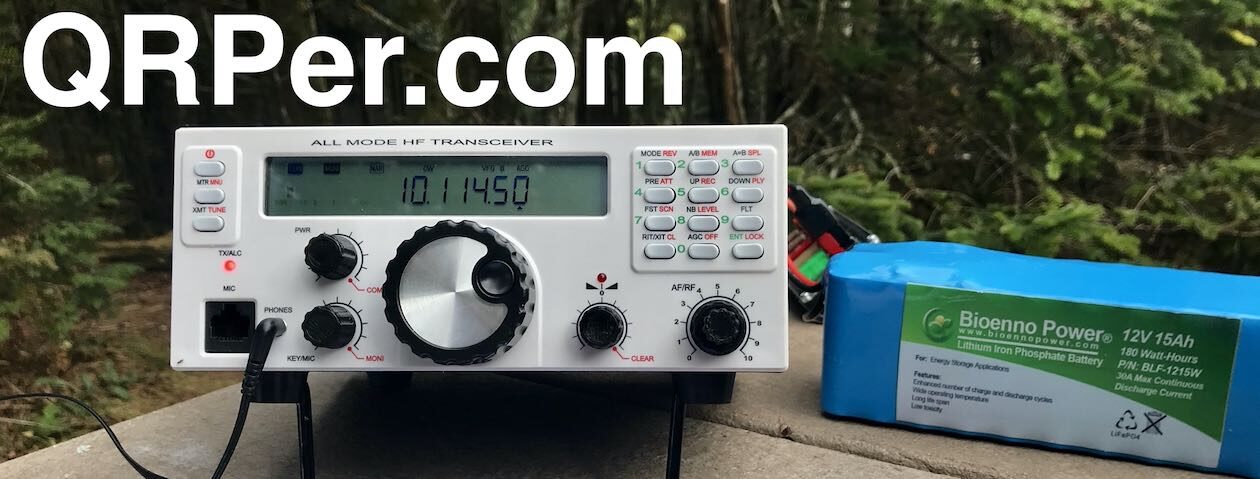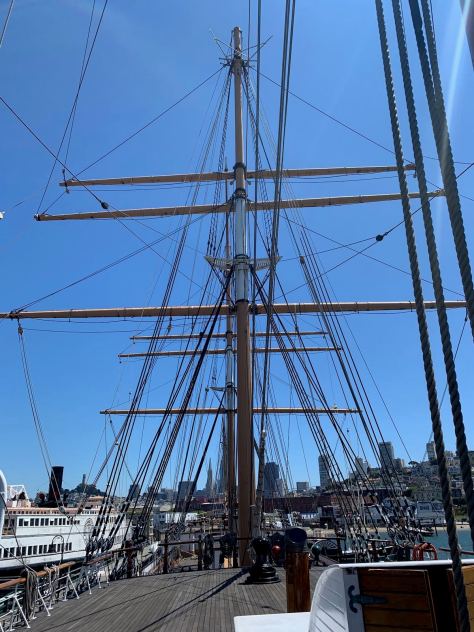Minnie Island K-1698 Kayak Activation
by Conrad (N2YCH)
9/1/2023
As many readers know, I am on a Parks on the Air (POTA) quest to activate all references in the state of Connecticut. There are 136 parks, and four of them are only accessible by boat. You may have seen my recent field report here on QRPer.com about activating three islands located in the Connecticut River. For those islands, I enlisted professional help from a boat captain with the navigation experience and proper tools (like radar and maps) to access those islands.
The final boat-only accessible island is Minnie Island, located in the middle of Gardner Lake in the town of Salem, Connecticut. I DO have experience kayaking on a Lake, thanks to my uncle, who has two kayaks and has taken me out on Tillson Lake in New York’s Hudson Valley a number of times. Unlike the challenges the river posed, I felt like I could manage the lake on my own. I did need a kayak, though, which I didn’t own.
I had to do some kayak research then. In case you didn’t know this, different kayaks have different specifications on how much weight they can hold. I’m a big guy, six foot five inches tall. Add me, plus a backpack of radio equipment, and I needed to be sure I didn’t sink.
I started on eBay, looking for people selling used kayaks. There are all different kinds of kayaks. Some made for the ocean and dealing with waves and others for casual lake paddler. Some have rudders, some have small, sealed cockpits and some even have motors. I had no idea how serious you could get with all of the accessories and options. I was really looking for something simple.
After striking out on eBay, I found a fishing supply store at the end of the Connecticut River that also had kayaks you could rent. I visited their web site and was happy to see that they were having an end of season clearance sale, where they were selling their rentals. I visited their shop and after looking at my options, I ended up buying an Old Town Vapor 10 kayak. It came with a paddle and life jacket and it was 50% of the price new. A great bargain. The added benefit is now I own my own kayak…a friend suggested that now that I do, there might be IOTA activations in my future.
 What sold me on the Vapor 10 was the open cockpit. No trying to squeeze myself in and plenty of room to bring a backpack with the radio equipment in-between my legs. Also, I was able to fit it into my Jeep Wrangler.
What sold me on the Vapor 10 was the open cockpit. No trying to squeeze myself in and plenty of room to bring a backpack with the radio equipment in-between my legs. Also, I was able to fit it into my Jeep Wrangler.
 Next stop, the Gardner Lake Boat Launch, which was about a 30 minute drive North. Continue reading Conrad’s Kayak POTA Activation on Minnie Island
Next stop, the Gardner Lake Boat Launch, which was about a 30 minute drive North. Continue reading Conrad’s Kayak POTA Activation on Minnie Island




















































